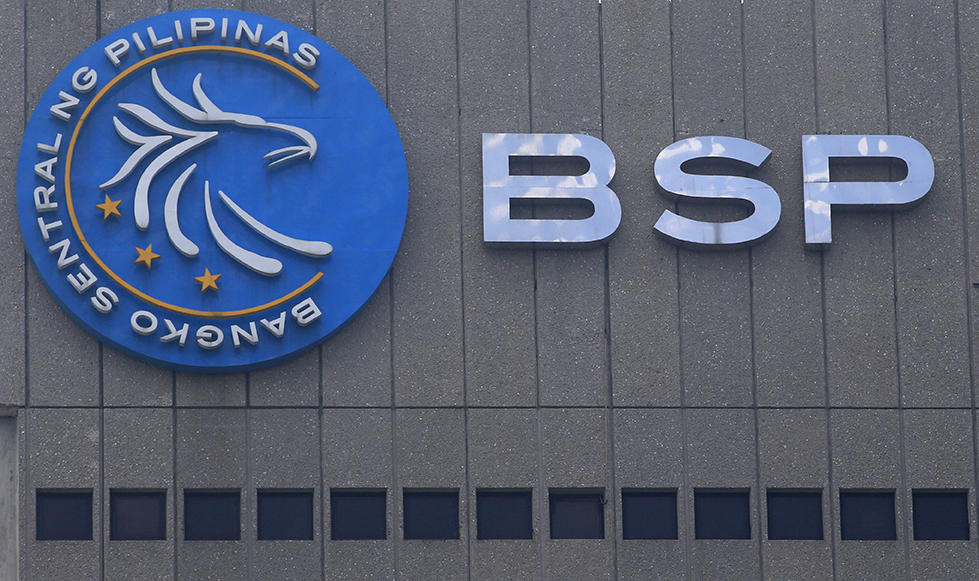The Bangko Sentral ng Pilipinas said it was reducing banks’ reserve requirement ratio by 1 percentage point beginning March 2, a move that could pump between “P80 to P100 billion” into the economy but put fresh pressure on the peso, which has sunk to near 12-year lows.
Reserve requirement is the percentage of deposits in banks that must be kept at the BSP. A lower reserve requirement increases the amount of money in circulation. The cut will bring the amount of reserves banks need to park with the BSP to 19%, Malaya.com reported.
The BSP had previously flagged a plan to eventually cut the reserve ratio from 20%, which was among the highest in the region, as it reduces its reliance on the tool to manage liquidity in the financial system.
It has maintained such a move should not be mistaken as a change in monetary policy in one of the fastest-growing economies in Asia.
But the timing of the RRR announcement came as a surprise, coming on the eve of a public holiday and after wild swings in global financial markets. And, it was not made as usual at a scheduled policy meeting.
Nestor Espenilla, BSP governor, has said the planned RRR cuts are part of the bank’s financial market reforms, following its shift to an interest rate corridor system in June 2016. “In deciding to reduce the reserve requirement ratios, the monetary board reaffirms the (Philippine central bank’s) commitment to gradually lessen its reliance on reserve requirements for managing liquidity in the financial system,” it said in a statement.
“RRR is one of the traditional monetary policy instruments available to BSP. We have heavily relied on it for a long time to run effective monetary policy. This is no longer the case for the Philippines. Therefore, continued heavy reliance on RRR has become highly burdensome and distorts the financial system,” Espenilla earlier said.
Espenilla explained that with the shift to the interest corridor system in 2016, BSP can now effectively manage liquidity in a more market friendly manner.
“This is the logic behind the plan to gradually phase down RRR to single digit levels comparable to those prevailing in Asean countries of more or less similar development. This means that forthcoming reductions in RRR should not be mistaken as a change in monetary policy stance. Rather, it should be viewed as part of ambitious financial market reforms that BSP is currently implementing,” Espenilla explained.


